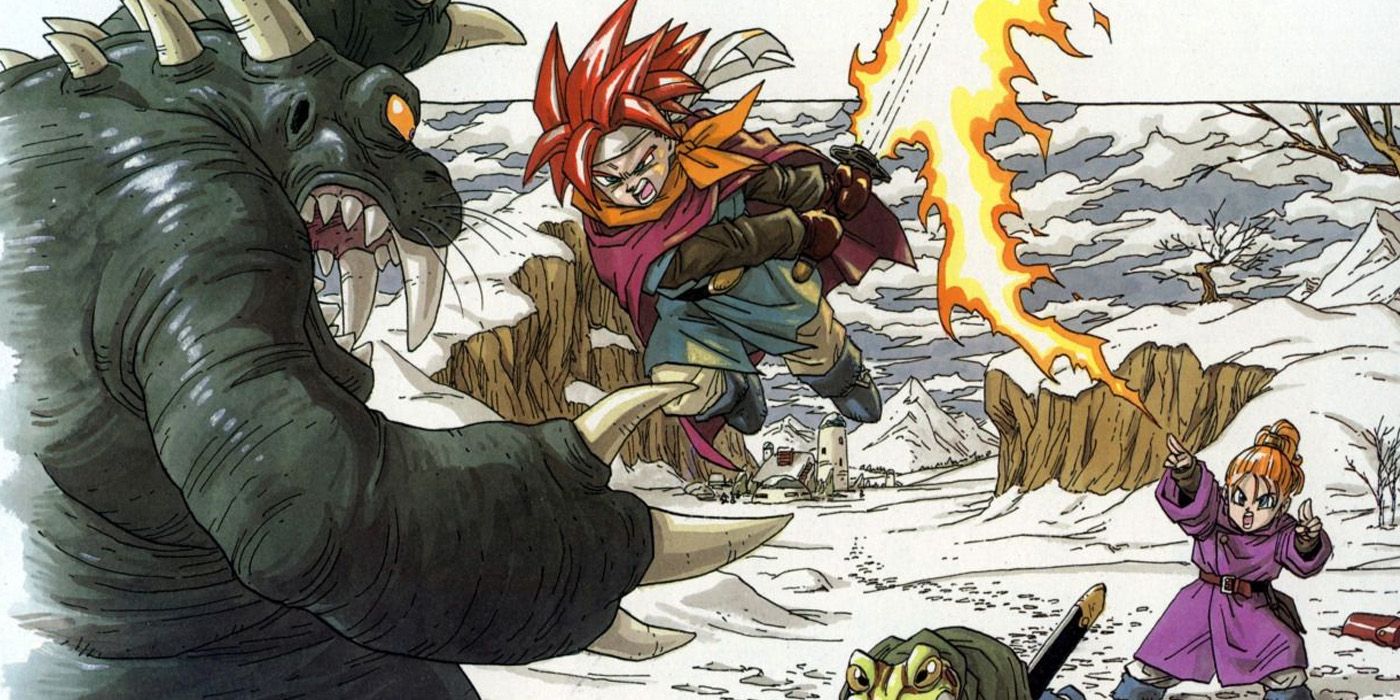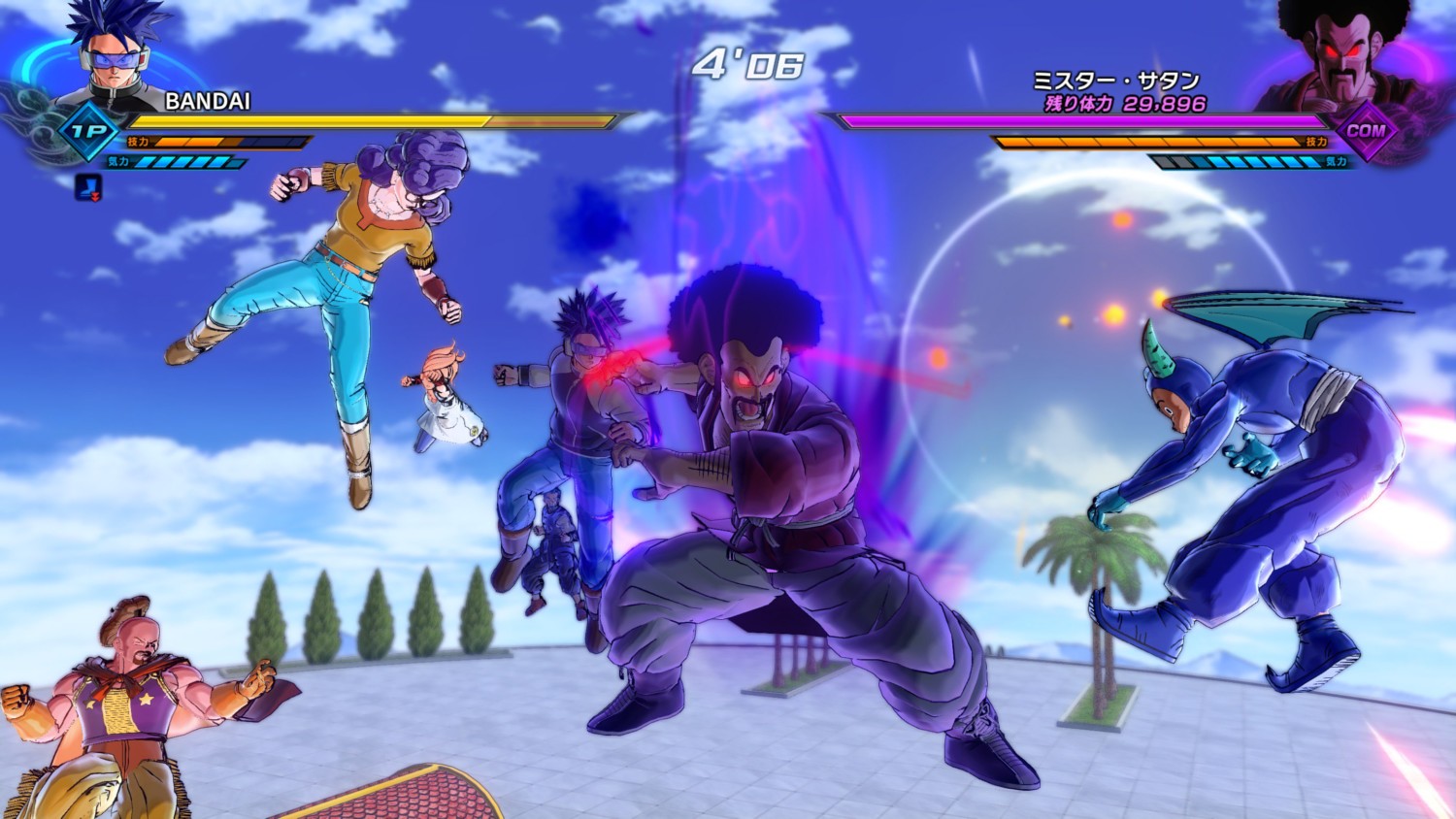
However, I wouldn’t recommend using this book to learn Kana because it has no audio resources to hear the pronunciations. It also has all the information you need to teach yourself Hiragana and Katakana. In particular, the 17 structures of Kanji and the rules for writing Kanji were particularly helpful. I found this to be the most helpful and informative part of the book. It describes various aspects of Kana, Kanji, and punctuation. The first 68 pages have some interesting information about the Japanese writing system. So let’s take a look at what purpose this book serves. The first one on the list is Japanese Kanji and Kana by Wolfgang Hadamitzky & Mark Spahn.Īccording to the preface, this book is useful as “both a textbook and a reference work” and it “serves beginners as well as those who want to look up individual kanji”. Tuttle Publishing sent me four books to review so without further ado, here we go. I wish somebody would publish a real book to teach kids あいうえお here instead of this… Posted in Reviews Japanese Kanji and Kana review

Personally, I would recommend ショコラちゃんのあいうえお or any of the tons of あいうえお children’s book, none of which are sold here in the States. But don’t expect to teach your kid any Japanese. If it looks good to you as a children’s book, I would say go for it. You can look inside the book on Amazon to check out the pictures. Can’t they put at least a more specific link or maybe even a CD? Conclusion That’s the main website for the entire publishing company and I can’t find what they’re talking about. Not exactly the most comprehensive but it also says to go to to listen to the words in Japanese. Also, I have some nitpicks like ライオン for 獅子, which people might mistake as the actual reading and かっこう for 学校 which looks like a misprint.Īs for how to pronounce the Japanese words, it has a short pronunciation guide for the five vowel sounds and G, R, and F.

This means some pages with no words such as “X” have an awkward, “Japanese doesn’t have this sound so here’s the Japanese word for Xylophone”.

For some reason, the author decided to use the English alphabet instead of the Japanese syllabary. But the book itself won’t teach you much about Japanese.

If this book gets parents and kids remotely interested in the Japanese language, great. My two year-old wasn’t really into it but I can never tell what she’s going to like or not and why. I’m not a children’s book expert but the pictures and content look pretty good. The author’s stated goal of this children’s book is to “introduce young children to Japanese language and culture through simple everyday words”. Tuttle Publishing sent me My First Book of Japanese Words: An ABC Rhyming Book by Michelle Haney Brown for review so let’s take a look.


 0 kommentar(er)
0 kommentar(er)
